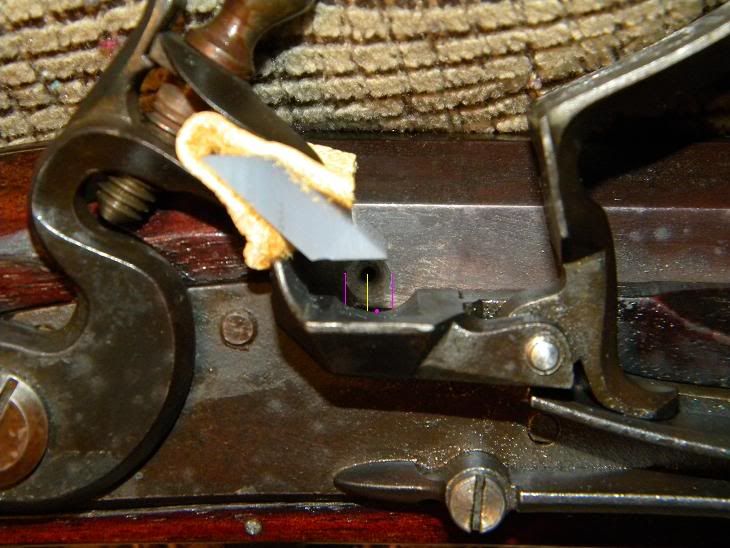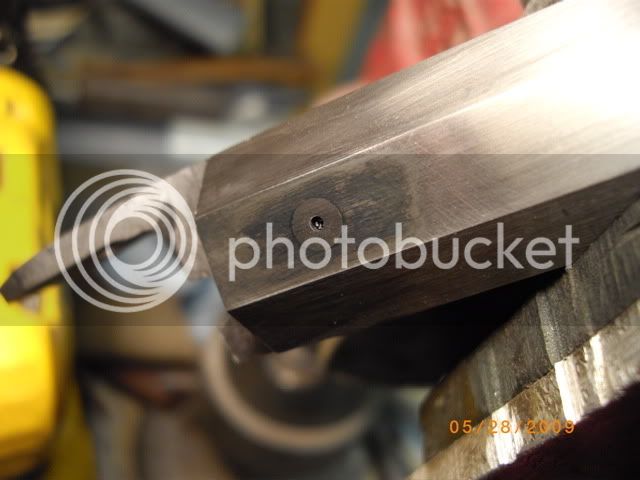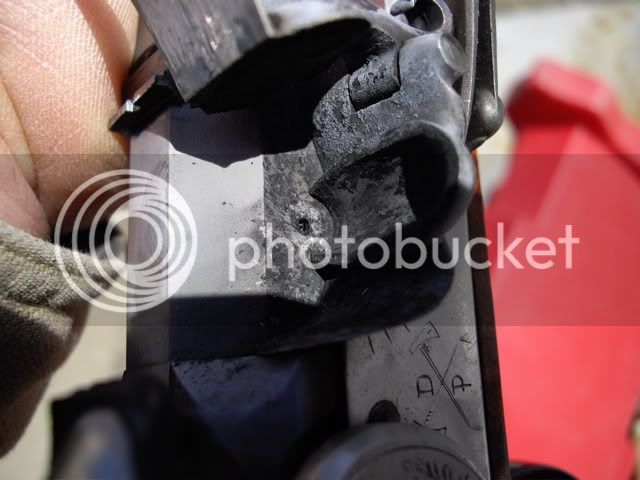I picked up a second hand Jackie Brown 42" .62cal fowler recently to use this turkey season.....I noticed the vent was misaligned front to back but didn't think it would be quite enough to seriously affect ignition.....well it seems that it does.
The lock/flint combo throws enough spark to see from space and the priming charge was 100% ignition.......however with standard light pan charging the gun would only fire about 1/2 the time. Oddly enough when it DID fire it went off FAST.
I'm hesitant to throw a "fill the pan" type band aid on it to get it to fire consistently, but I think a slow fire would be better than a no fire? :idunno:
The vent is well coned and 1/16" and I'm running FFFg in the bore.......would drilling it out to 5/64" make any appreciable difference?
The gun shoots great when it goes off, patterns good with my turkey loads and roundballs look great too.....there were just too many flashes per bang.

It did go off several times first try nice and fast but most took 2 or 3 priming charges.
I've included a picture of the gun with some reference lines to show just how out of alignment it is.....
Suggestions?










